Little known fact: Procter & Gamble started as a candle company in the 1837 and created the world’s first “floatable” soap, with this interesting byte Julie Setser from P&G kicked off the 2018 North America edition of the MRMW conference in Cincinnati. The two-day event explored the advancements in market research and the effects of digital disruption on the industry as a whole.
Digital transformation and customer experience
Customer experience is the essential ingredient that drives business in today’s disruptive world. Airbnb, Uber and other disrupters’ business models are based on user experiences. This has forced traditional organizations to dig deep and innovate new ways to collect actionable insight quicker in order to evolve their products with consumer needs.
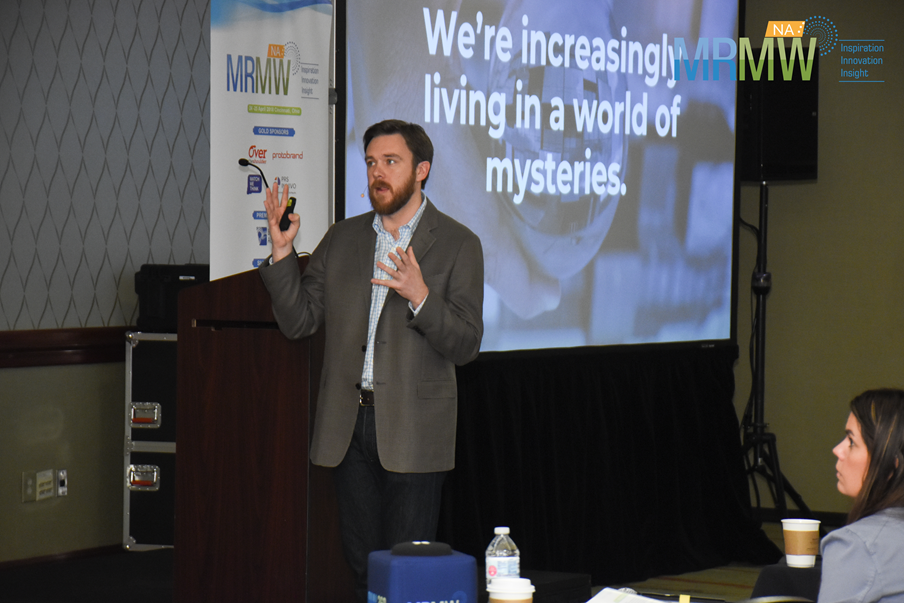 Derek Franks from EA explains flexible, real-time data collection and reporting to all organizational levels tackles this very problem. This requires building an infrastructure that adjusts to a fast-paced and constantly evolving environment. EA adopted real-time reporting, text analytics and ‘voice of the player’ to capture the users’ experiences and provide real-time relevant feedback to every level of the organization. Data collected through web, social media, email, phone at EA is analyzed and measured using text analytics, sentiment analysis, video feedback and other tools, the actions based on these insights included improving problematic player journey, closing loops between players and advisors and more. This was the foundation which led to Amelia. Amelia, a chatbot developed by EA to provide quick feedback to players and address problems in real time improving the user experiences immensely
Derek Franks from EA explains flexible, real-time data collection and reporting to all organizational levels tackles this very problem. This requires building an infrastructure that adjusts to a fast-paced and constantly evolving environment. EA adopted real-time reporting, text analytics and ‘voice of the player’ to capture the users’ experiences and provide real-time relevant feedback to every level of the organization. Data collected through web, social media, email, phone at EA is analyzed and measured using text analytics, sentiment analysis, video feedback and other tools, the actions based on these insights included improving problematic player journey, closing loops between players and advisors and more. This was the foundation which led to Amelia. Amelia, a chatbot developed by EA to provide quick feedback to players and address problems in real time improving the user experiences immensely
Forrester research data shows 43% of US online consumers say they have had unsatisfactory interactions with a company’s customer support in the past 12 months.
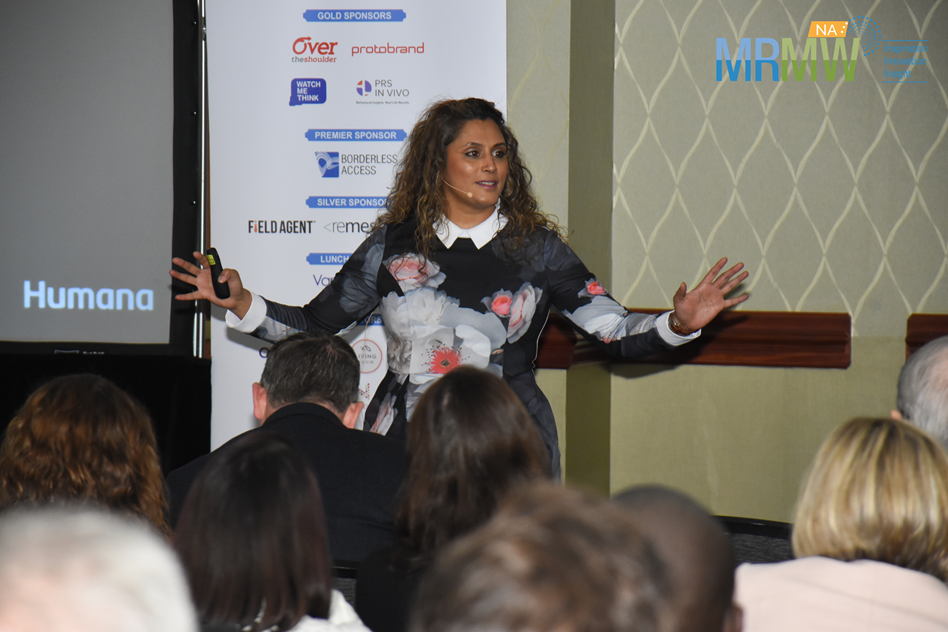 In a competitive and disruptive business world companies need to ensure every touch point with the consumer is a pleasant interaction. Geeta Wilson from Humana explains the most critical factor in customer service is valuing consumers’ time. Jay Feng from Monster suggests that end to end experiences, which is critical to businesses, can be improved through input from data science.
In a competitive and disruptive business world companies need to ensure every touch point with the consumer is a pleasant interaction. Geeta Wilson from Humana explains the most critical factor in customer service is valuing consumers’ time. Jay Feng from Monster suggests that end to end experiences, which is critical to businesses, can be improved through input from data science.
Jobr, which was acquired by Monster is famous for being “the tinder for people seeking jobs”, swipe right to apply and swipe left to reject. The app in itself is revolutionary but faced a similar problem that many in today’s world do, user experience. User experience is critical in acquiring and retaining customers in today’s economy. Jay and his teamed turned to AI for answers. A chatbot to answer user inquires was developed, using certain classifiers (algorithms) to identify incoming inquiries. A response was then provided based on a probability factor. Responses were improved over time using tools such as machine learning.
The revenue generated from the app is directly linked with how many applications each user submits, right swipe/total swipe percentage, and new user to application conversion rate. Optimizing the apps metrics, using chatbot data, machine learning and the classifier functionality allowed the app to better match jobs with its user and pivot toward a cost per application system improving the company’s customer satisfaction and bottom line.
The modern consumer and adaptive research
In the disruptive world, the consumer demands brands to be more connected and address their needs quickly. Reputation is key for Millennials and Gen, Z hence traditional brands need to evolve their image to suit the new generations. Using a mobile first, device consistent approach fine-tuned through creative data capture (voice, video, photos), and a mix of qual and quant methodologies enables brands to establish a direct communication channel with their consumers. Meeting this generation on their preferred platform (mobile) to gather accurate insights is key to rebranding as Adam Coleman from Microsoft and Joanna Fanuele from Hall & Partners explain.
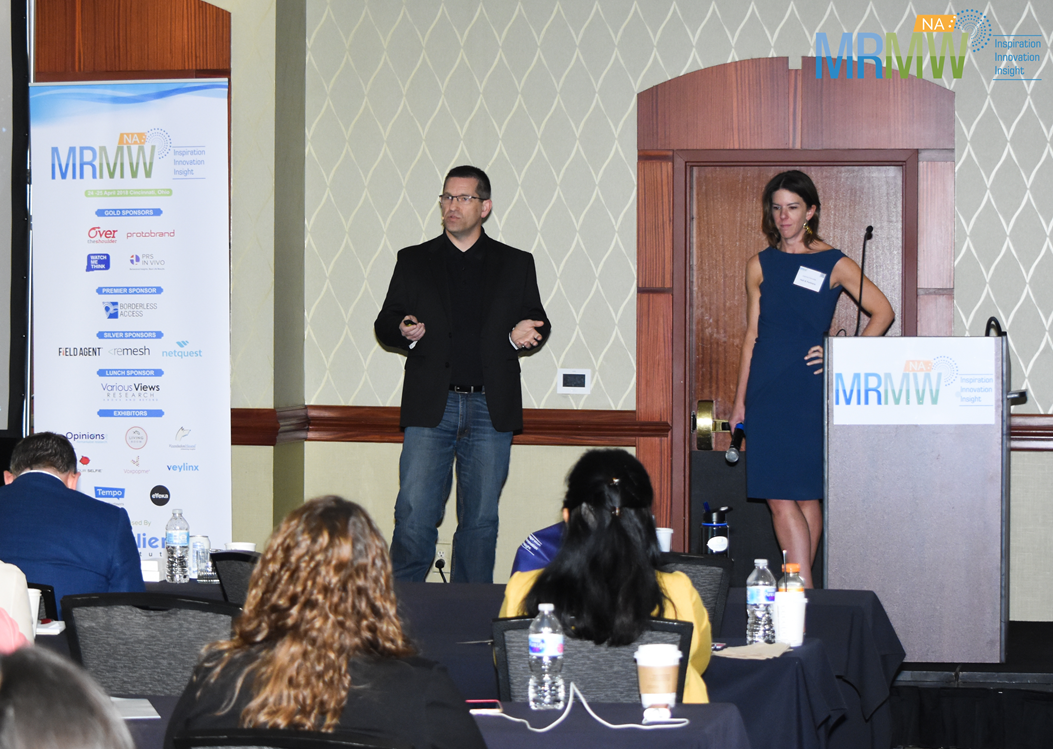 Microsoft’s approach to adapting mobile for research is indicative of a broader shift in the research industry. However, while 50% of survey emails are opened on smartphones only 23% surveys responses are recorded from them, the dropout rate is twice as much from PCs. Consumer’s time is ever more valuable while attention spans are declining. Thus survey questions need to cater more to the individual user to keep his or her attention. Embracing new technologies and evolving methodologies through new tools can provide competitive advantages in a disruptive world. Borderless Access used machine learning to customize a survey using adaptive questioning using multiple data points, as Parsanth Reddy and Jason Goya explain. Applying continuous nano-sampling enabled the company to increase response times by 25% (from 9 minutes to 12 minutes) and reduce cost by 30%.
Microsoft’s approach to adapting mobile for research is indicative of a broader shift in the research industry. However, while 50% of survey emails are opened on smartphones only 23% surveys responses are recorded from them, the dropout rate is twice as much from PCs. Consumer’s time is ever more valuable while attention spans are declining. Thus survey questions need to cater more to the individual user to keep his or her attention. Embracing new technologies and evolving methodologies through new tools can provide competitive advantages in a disruptive world. Borderless Access used machine learning to customize a survey using adaptive questioning using multiple data points, as Parsanth Reddy and Jason Goya explain. Applying continuous nano-sampling enabled the company to increase response times by 25% (from 9 minutes to 12 minutes) and reduce cost by 30%.
Traditional research methods in a digitally distracted world
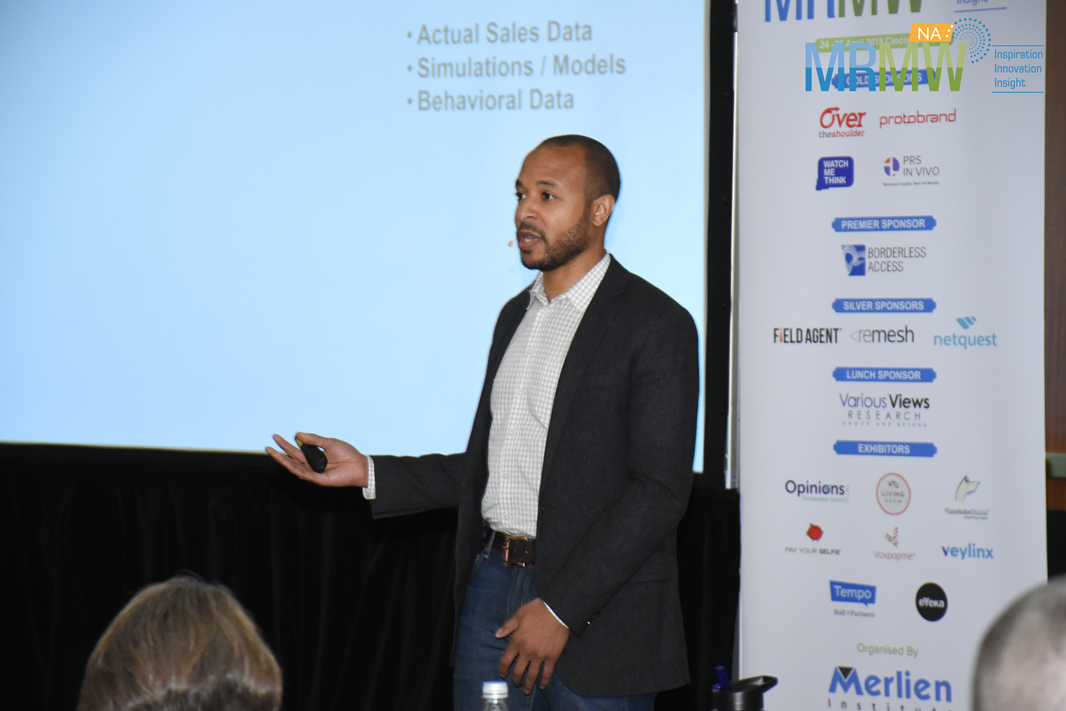 The different media consumption by Millenials, Gen Xers and Gen Zers aren’t tracked by means they cannot be tracked by the traditional standards of television and video measurement. We live in a mobile first world and unlike watching linear television, audiences are scrolling through media bits on social networks at a frantic pace and deciding subconsciously what’s interesting. Therefore a quicker turnaround is needed between learning about the consumer and presenting them with interesting content/products that drive sales. Advanced tools such as eye tracking and facial coding can help to measure the engagement levels and effectiveness of ads. Cartier Stennis from Twitter explains ‘effective advertising is a function of attention, emotion, and inspiration’. He cites research Twitter conducted using eye tracking and facial coding for a Jack in the Box ad that revealed an optimized logo placement can lead to 40% higher visibility and 8% higher sales.
The different media consumption by Millenials, Gen Xers and Gen Zers aren’t tracked by means they cannot be tracked by the traditional standards of television and video measurement. We live in a mobile first world and unlike watching linear television, audiences are scrolling through media bits on social networks at a frantic pace and deciding subconsciously what’s interesting. Therefore a quicker turnaround is needed between learning about the consumer and presenting them with interesting content/products that drive sales. Advanced tools such as eye tracking and facial coding can help to measure the engagement levels and effectiveness of ads. Cartier Stennis from Twitter explains ‘effective advertising is a function of attention, emotion, and inspiration’. He cites research Twitter conducted using eye tracking and facial coding for a Jack in the Box ad that revealed an optimized logo placement can lead to 40% higher visibility and 8% higher sales.
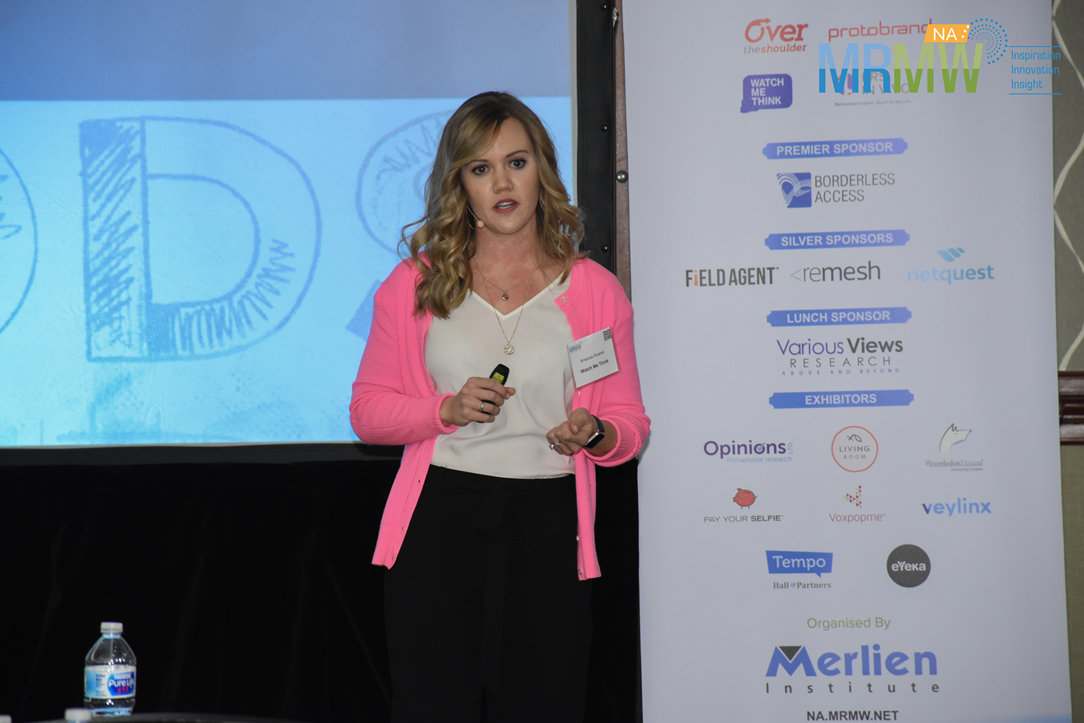 It is a well-known fact that consumers have biases when self-reporting and often base their answers on aspirational behaviour. Video continues to be an important tool to get around that and utilize consumers as analysts by observing them to understand their behaviours, drivers and processes of purchasing a product. Amanda Pizarek from Watch Me Think explains that truth lies in people’s actions, their behaviour reveals subconscious actions, paths to purchase and pain points which provide critical insights to the consumers mind. With video, researchers can look for visual clues that may not be apparent otherwise.
It is a well-known fact that consumers have biases when self-reporting and often base their answers on aspirational behaviour. Video continues to be an important tool to get around that and utilize consumers as analysts by observing them to understand their behaviours, drivers and processes of purchasing a product. Amanda Pizarek from Watch Me Think explains that truth lies in people’s actions, their behaviour reveals subconscious actions, paths to purchase and pain points which provide critical insights to the consumers mind. With video, researchers can look for visual clues that may not be apparent otherwise.
New and evolving technologies are offering a myriad of tools and potential solutions to the modern market researcher. However, technology needs to be paired with the right methodology and with the right corporate support structures, starting from the mindset of the researcher and ending with acceptance levels in the boardroom. A fast changing business environment with fickle consumer behaviour and evolving communication channels means that nobody can rely on established patterns. Instead researchers must continuously review and evolve their toolkit. MRMW showed some brilliant examples how disruptive businesses have used consumer insights to their advantage – and how traditional brands are catching up fast.
For more on the MRMW 2018 conference visit na.mrmw.net. To access videos, photos and presentations, sign-up at our MRMW Portal at mrmw.net










 by
by 

